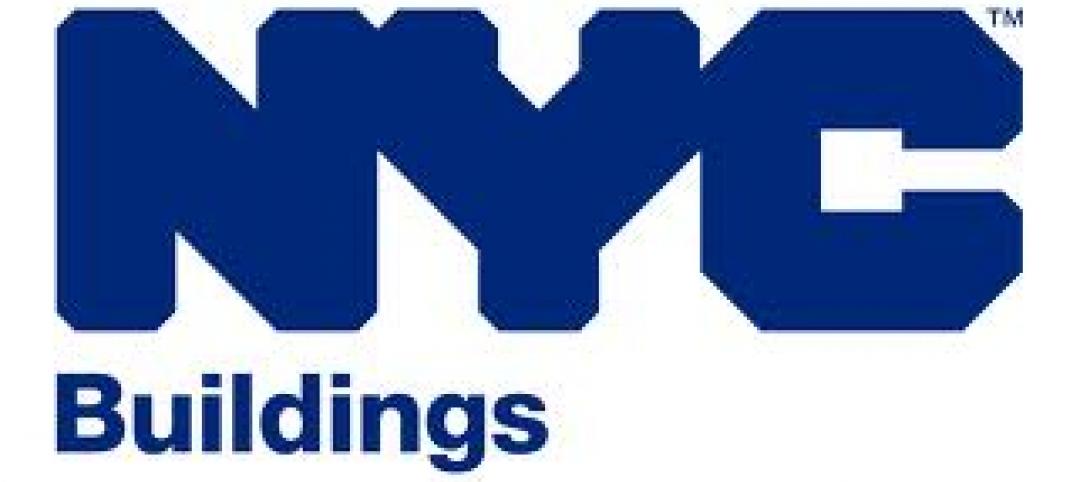When it comes to housing, New York is a literally a tale of two cities.
About half of the luxury-condo units that have come onto the market in the past five years are still unsold. Meanwhile, 80,000 people sleep in New York City’s shelters or in makeshift shelters on the streets. Many of the sleek glass and steel condo high rises were intended for foreign buyers, but the Chinese economy slowed, and declining oil prices reduced demand from the wealthy Russian and Middle Eastern markets. As a result, many multi-million dollar units are empty.
Affordable housing was central to Mayor Bill De Blasio’s administration, but progress has stalled. The reasons: onerous zoning regulations, limited federal subsidies, construction delays, and blocked pro-tenant bills. Over the past 10 years, New York City real-estate prices have skyrocketed. From 2010 to 2019, for example, the average sale price of homes doubled in many Brooklyn neighborhoods.
The New York City area is losing about 300 residents every day, with a lack of housing a major factor. New York isn’t alone among big cities with an affordable housing crisis. Across the country, the supply of housing hasn’t kept up with population growth. Single-family-home sales are stuck at 1996 levels, even though the United States has added 60 million people since the mid-’90s.
Related Stories
| Apr 13, 2012
New York City’s building department investigating structural collapse that killed worker
Following a worker’s death, the collapse of a century-old, two-story warehouse under demolition as part of Columbia University’s expansion is under investigation by the city’s Building Department.
| Apr 13, 2012
Federal court reduces statute of limitations for OSHA action on record-keeping violations
The U.S. Court of Appeals for the D.C. Circuit sharply curtailed the period of time that companies can be cited for Occupational Safety and Health reporting violations, reversing the decision of an administrative panel and longstanding agency precedent.
| Apr 13, 2012
CSI webinar: Green Construction Codes Are Here -- Now What?
This seminar will trace the origins of green codes, how they compare and differ from the rating systems that have been used, and examine some of their main features.
| Apr 5, 2012
Retailers, banks among most affected by new ADA rules
On March 15, the most significant changes to the Americans with Disabilities Act (ADA) since it became law in 1991 went into effect.
| Apr 5, 2012
Florida ranks first in hurricane building codes and enforcement
Florida ranks highest among 18 hurricane-region states for building codes and their enforcement, according to the Insurance Institute for Business & Home Safety.
| Apr 5, 2012
New IgCC green building code is a ‘game changer,’ AIA official says
An AIA official calls the new International Green Construction Code (IgCC) a “game changer” for sustainable construction.
| Apr 5, 2012
Model energy codes add thousands to cost of new apartment construction, study says
New energy codes could add thousands of dollars to the construction costs of each individual apartment residence in a multifamily building, according to new research commissioned by the National Multi-Housing Council and the National Apartment Association.
| Apr 5, 2012
LEED 2012 will include new requirements for data centers
The U.S. Green Building Council’s updated LEED 2012 standards will require two systems to be modeled for each project in order to show power utilization effectiveness.















